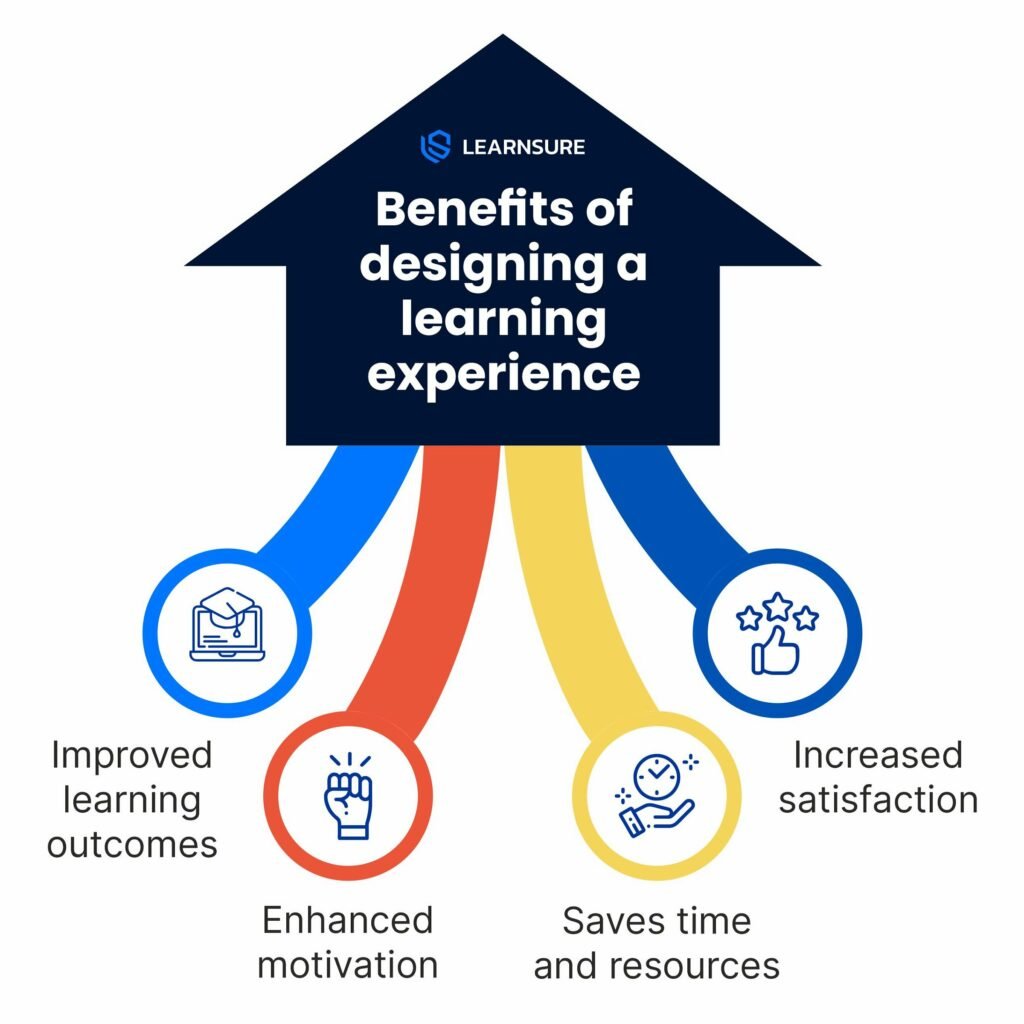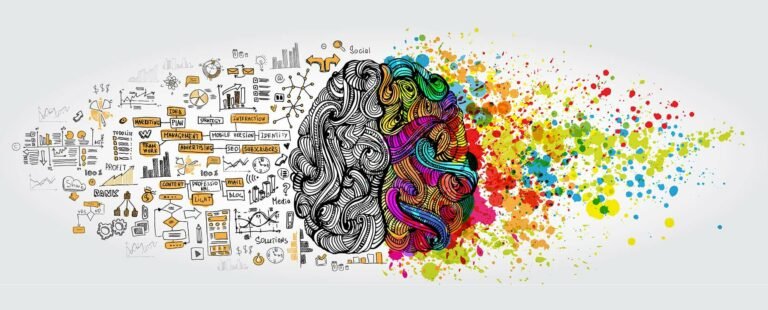Learning Experience Design
Unless you are from the e-learning or instructional design field, you may have not heard of the term “learning experience design”. The idea itself is not new, but the term is gaining popularity as we see a shift in how people learn. Traditionally, learning has been seen as a linear process. You receive information, you process it, and then you apply it. However, with the advent of the internet and other technological advances, we are seeing a shift to a more non-linear approach to learning. It means that learners are no longer confined to a single learning environment or method. They access information and learn in a variety of ways, at their own pace, and in their own time. Additionally, “formal learning” is not the only way that people learn. We now know that informal and experiential learning are also important methods of acquiring new knowledge and skills.
In this article, we will explore what learning experience design is, why it is important, and how you can use it to create better learning experiences for your learners.
What is a learning experience design?
But first things first, let’s understand what we mean by the learning experience. A learning experience is any situation in which an individual acquires new knowledge or skills. This can occur through formal educational experiences, such as attending school or taking classes, or through informal learning experiences, such as reading a book or watching a video. In some cases, learning experiences can be negative, such as when someone makes a mistake and learns from it. However, most learning experiences are positive, and they can result in lasting changes in an individual’s behavior or understanding. Whether positive or negative, all learning experiences have the potential to shape an individual’s future.
This is where learning experience design comes in.
Learning experience design is the process of creating learning experiences that are effective, efficient, and enjoyable. The ultimate goal of learning experience design is to help learners reach their full potential by providing them with the best possible learning experiences. This definition may seem quite simple, but the concept of learning experience design is quite complex. It involves taking into account the individual learner’s needs, preferences, and abilities, as well as the specific learning objectives. In other words, it is about creating learning experiences that are tailored to the individual and that will help them achieve their goals.
The benefits of designing a learning experience

There are many reasons why you might want to design a learning experience. Perhaps you are creating an online course and want to ensure that your learners have a positive and productive learning experience. Or maybe you are developing a training program for your employees and want to make sure that they retain the information that they learn. Whatever the reason, there are many benefits to designing a learning experience.
Some of the benefits of learning experience design include:
Improving learning outcomes: When you design a learning experience, you can tailor it to the specific needs of your learners. This means that they are more likely to achieve the learning objectives and have a positive learning experience.
Enhancing motivation: A well-designed learning experience can enhance motivation by making learning more enjoyable and engaging.
Saving time and resources: A poorly designed learning experience can be costly, both in terms of time and money. By taking the time to design a quality learning experience, you can save yourself and your organization valuable resources.
Increasing satisfaction: When learners have a positive learning experience, they are more likely to be satisfied with the results. This can lead to increased participation and engagement in future learning experiences.
How to design a learning experience?

There are many different aspects to learning experience design, but some of the most important elements include instructional design, educational psychology, learning environments, and technology.
Instructional design is the process of creating instructional materials and activities that are effective, efficient, and enjoyable. It involves taking into account the individual learner’s needs, preferences, and abilities, as well as the specific learning objectives.
Educational psychology can provide insights into how learners perceive, process, and store information. This knowledge can be used to create instructional materials and activities that are more likely to be successful.
Learning environments play a big role in the learning process. The physical environment can impact the learner’s ability to focus and pay attention, while the social environment can affect motivation and engagement.
Technology can be used in a variety of ways to improve the learning experience. For example, online courses often make use of videos, quizzes, and other interactive elements to engage learners and enhance their understanding. Technology can also be used to create virtual reality experiences that simulate real-world situations.
When designing a learning experience, it is important to consider all of these elements. While there is no one-size-fits-all approach, there are some general principles that you can follow to create an effective and enjoyable learning experience. Here are some key steps that you can take to ensure that your learning experience is effective, efficient, and enjoyable.
1. Define the learning objectives.
The first step in any learning experience design process is to define the learning objectives. What do you want your learners to achieve as a result of this experience? Be as specific as possible when defining the objectives, and make sure that they are achievable.
2. Identify the target audience.
The next step is to identify the target audience for the learning experience. Who will be participating in this experience? What are their needs, preferences, and abilities? It is important to consider these factors when designing a learning experience, as they will help you to create an experience that is tailored to the specific needs of your audience.
3. Choose a delivery format.
Once you have defined the objectives and identified the target audience, it is time to choose a delivery format. There are many different formats that you can choose from, and each has its own advantages and disadvantages. Some common delivery formats include online courses, face-to-face training, webinars, and e-learning modules. Consider the needs of your target audience when choosing a delivery format, as well as the specific learning objectives.
4. Select the appropriate content and activities.
The next step is to select the content and activities for the learning experience. The content should be aligned with the learning objectives, and the activities should be designed to engage and motivate the learners. Choose content and activities that are appropriate for the delivery format and the target audience.
5. Develop an assessment strategy.
It is important to assess whether or not the learning objectives have been met, and a well-designed assessment strategy can help you to do this. There are many different ways to assess learning, so choose an approach that is appropriate for the learning experience you are designing. Some common assessment methods include quizzes, exams, projects, and portfolios.
6. Evaluate the learning experience.
Once the learning experience has been delivered, it is important to evaluate it to determine whether or not it was successful. Evaluate the learning experience against the objectives and the assessment data. Use this information to make improvements to the learning experience for future iterations.
Wrapping up.
Learning experience design is a process that can be used to create engaging and effective learning experiences. By following the steps outlined above, you can ensure that your learning experience is tailored to the needs of your target audience and achieves the desired objectives.
